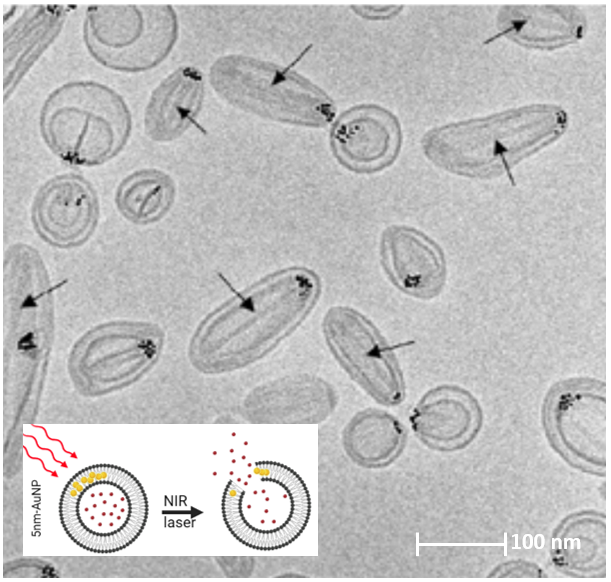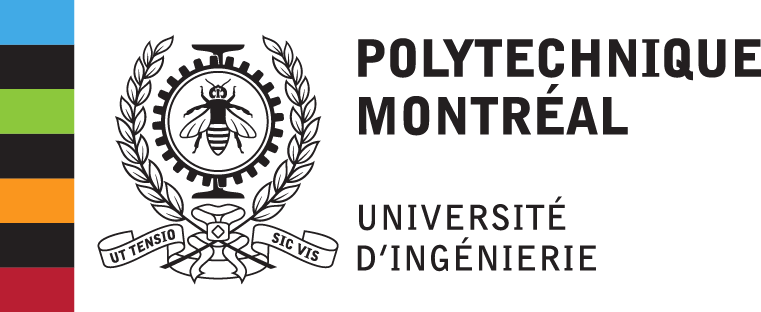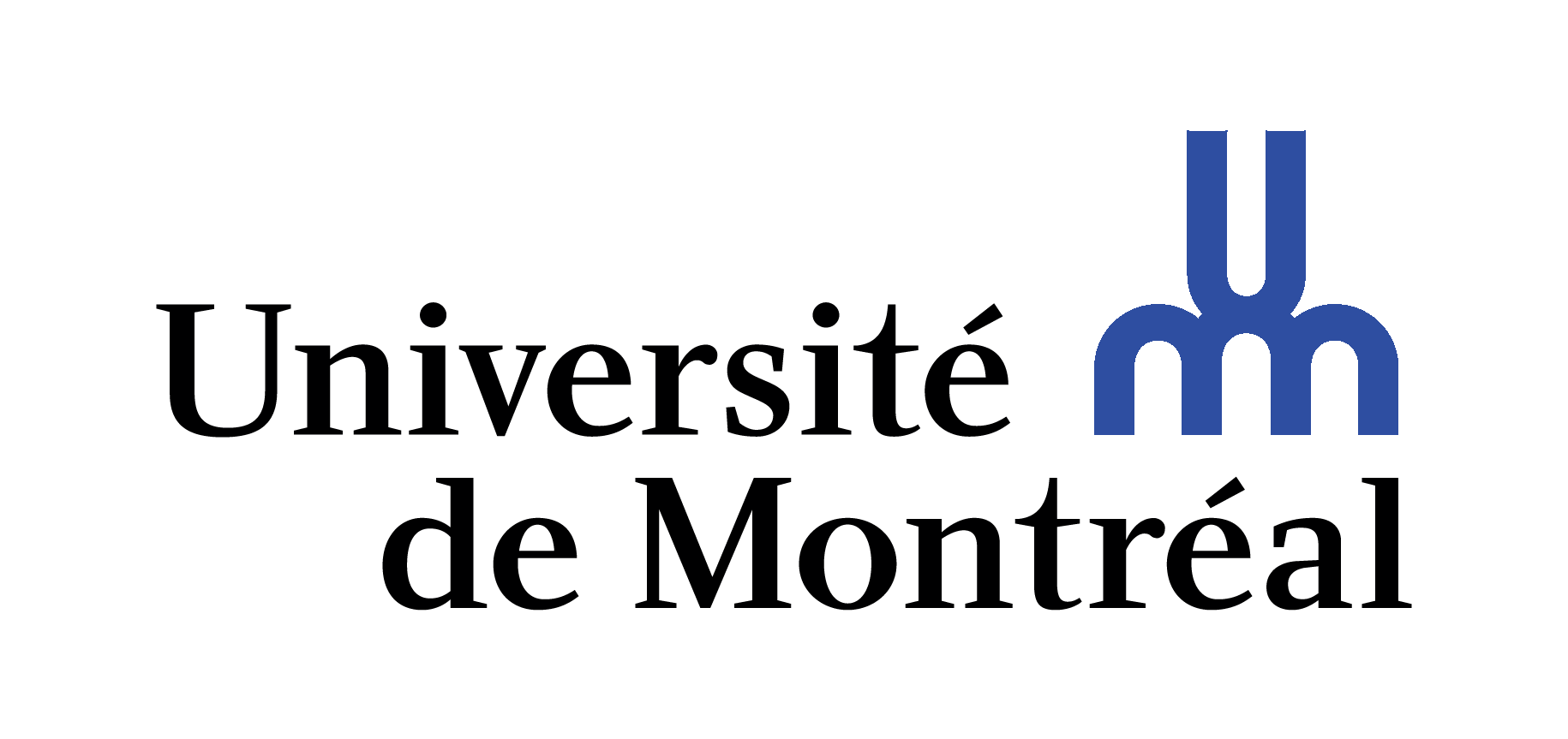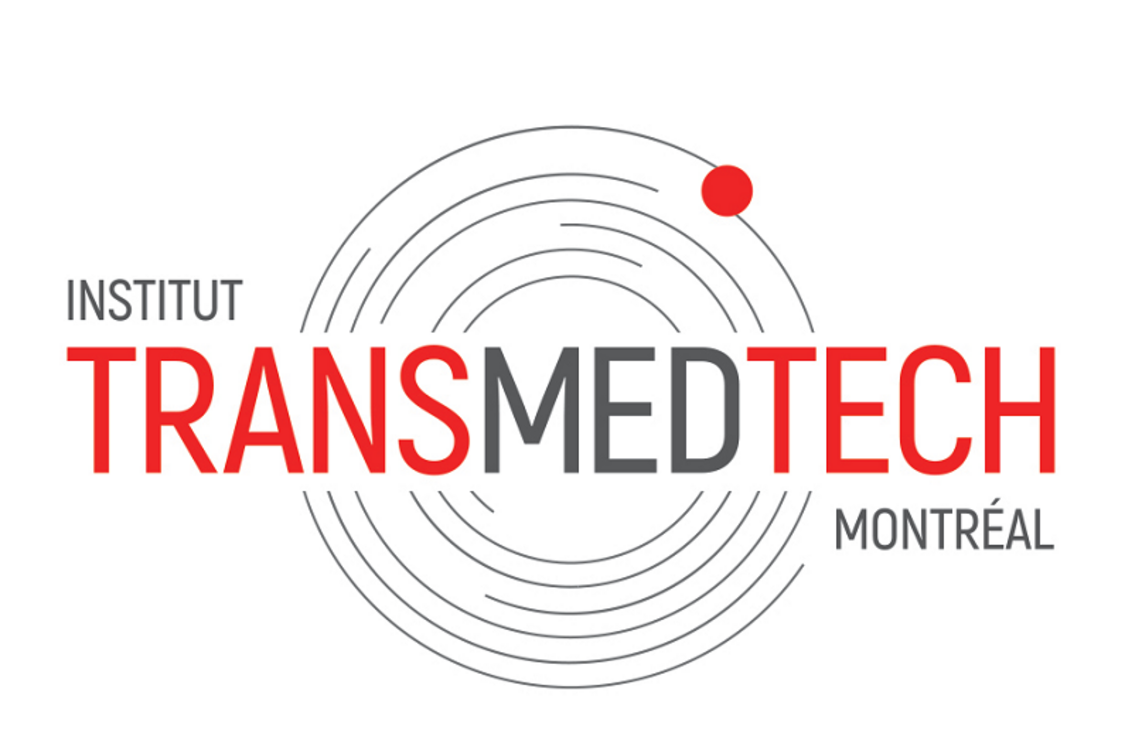One of the main drawbacks of chemotherapy treatment is its lack of specificity for cancer cells. Only 5% of the injected dose is able to kill the tumor cells. The project consists in increasing the specificity between the cancer cells and the chemotherapy.
Liposomes

Encapsulation of the anti-cancer drug in long-lived lipid nanoparticles named liposomes (LNPs) has been shown to reduce these toxic side effects and improve tumor accumulation by utilizing the enhanced vessel retention and permeability (EPR) effect. These same lipid nanoparticles are the basis of the COVID-19 vaccine.
Plasmonic effect of gold nanoparticles
It is also possible to excite gold nanoparticles at a distance using a laser beam to induce a plasmonic resonance effect. With an 800nm femtosecond laser, a single pulse is sufficient to release the drug without compromising cell integrity.
By combining these two principles, the team was able to demonstrate the targeted delivery of photoreactive lipid nanoparticles containing chemotherapy as well as gold nanoparticles into the lipid bilayer.
Several ambitious projects, ranging from biology to optical physics, are possible to pursue the grand project of revolutionizing cancer treatment.
References :




